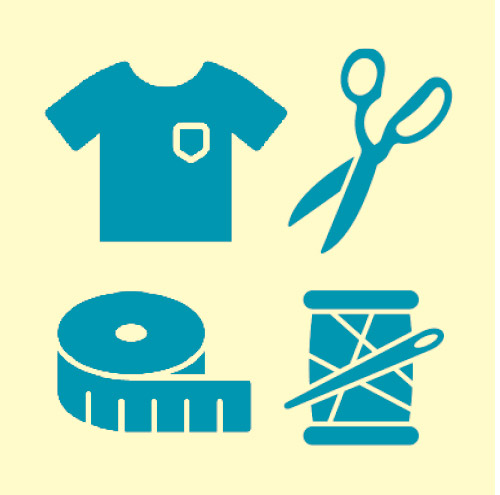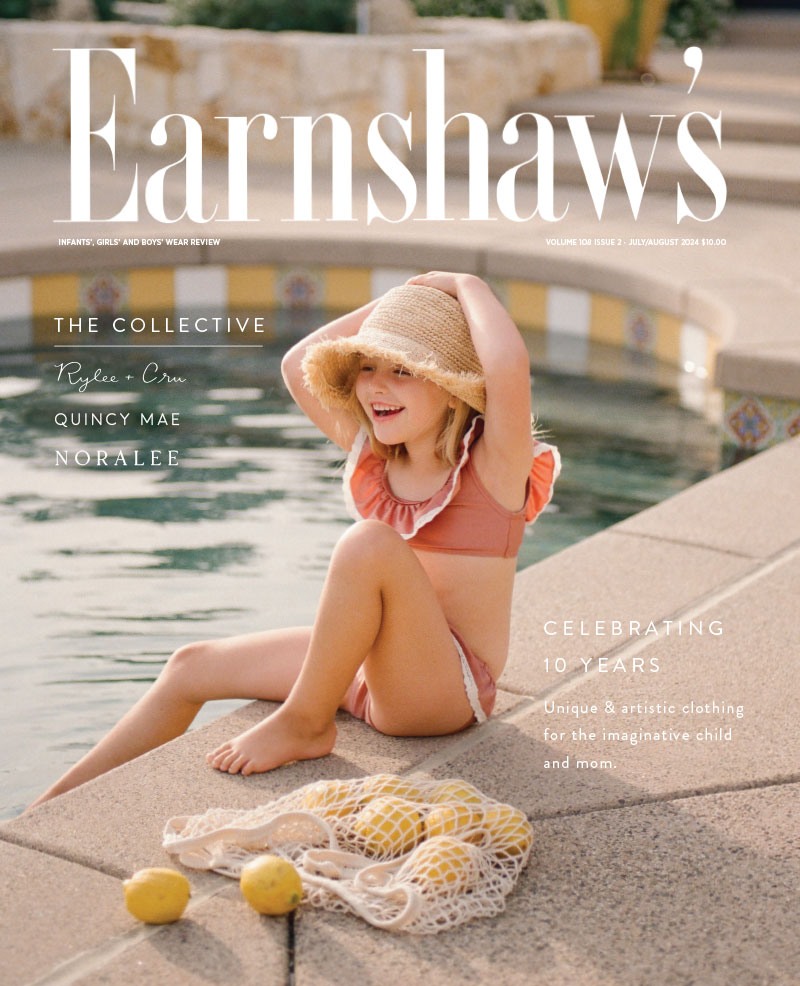For nearly one billion disabled people, shopping for clothes can be a challenging experience.
 Many nights I’ve stood in front of my closet, thumbing through hanger after hanger, only to step away discouraged. “Ugh, I have nothing to wear,” I’ll huff in disgust. Perhaps many of you can relate? You know that mounting frustration that eventually reaches a boiling point and sends you into shopper mode in search of something to wear. More often than not, whether it’s in stores or online, I’ll find something to alleviate my sartorial disgust. It could be cool pants, a pretty blouse, killer shoes—or all the above. I become fashion happy again. Mission accomplished!
Many nights I’ve stood in front of my closet, thumbing through hanger after hanger, only to step away discouraged. “Ugh, I have nothing to wear,” I’ll huff in disgust. Perhaps many of you can relate? You know that mounting frustration that eventually reaches a boiling point and sends you into shopper mode in search of something to wear. More often than not, whether it’s in stores or online, I’ll find something to alleviate my sartorial disgust. It could be cool pants, a pretty blouse, killer shoes—or all the above. I become fashion happy again. Mission accomplished!
But what about the one billion disabled people—15 percent of the world’s population—who find shopping for clothes to be a far more challenging, frustrating and, too often, fruitless endeavor? For too long, this demographic has been faced with that “nothing to wear” disgust due to a very limited selection. Many have no choice but to custom order clothes or have them tailored, which can be both timely and expensive. Others just make do with ill-fitting, uncomfortable and unflattering garments. In fact, the whole process the disabled community goes through to shop for clothes drains away the joy a new outfit should provide—the ability to make the wearer feel and look good. When a person, especially a child, feels great about what they’re wearing it’s empowering. It helps to build self-esteem. Why should they miss out on the positive side of fashion? Why should the parents of these children not have the same breadth of options or experience the joy in buying adorable kids’ clothing?
Beyond just doing the right thing, the category presents enormous sales potential. The apparel needs of people with disabilities and chronic disease could reach $288.7 billion globally this year and grow to $349.9 billion in four years, according to a report by Coresight Research. The study indicates the category will hit $47.3 billion in the U.S. alone this year, and it’s forecasted to expand to $54.8 billion by 2023. The growth, led by an aging population and people living longer thanks to advancements in medical care, coupled with increased awareness, is why a handful of brands have begun to answer the call.
It was evident at the Runway of Dreams’ category-specific adaptive apparel fashion show held during New York Fashion Week last month. The event, appropriately titled Fashion Revolution 2019, was held at Cipriani 42nd Street. The sold-out venue showcased models of all ages and abilities, sporting adaptive clothing by Tommy Hilfiger, Zappos and Kohl’s. Many key Spring ’20 trends were on display featuring subtle modifications, like one-handed zippers, adjustable waistbands and easy closures to ensure wearers comfort, autonomy and style. It was an impressive display of high function and fashion uniting on the runway. What’s more, it showed the adaptive apparel category has (finally) arrived.
Lynn Husum, co-founder of Appaman, was so inspired by a Runway of Dreams fashion show she attended last spring that her company got straight to work on an adaptive apparel collection. Highlights include simple adjustments like removing tags as well as more complicated measures such as adding seam allowances and strategically placed hook-and-eye closures to accommodate braces and other medical devices. (See p. 6 for more details.) The collection will make its debut for Spring ’20. Available via the company’s website and on Zappos Adaptive at the start, Husum’s aim is to get the conversation started and then expand the collection as well as distribution beginning next fall. It helps, she adds, that Appaman’s factory partner is “very excited” about the category extension, and the company was able to negotiate pricing to match its other collections. It’s also one of those rare cases where she welcomes competition. Husum’s reasoning: The market is still woefully underserved and more brands entering the mix will expand offerings for consumers and enable more retailers to devote attention to the category.
I couldn’t agree more. Inclusivity regarding race, gender and sexual orientation has come to the forefront of our society and there’s no reason why people with disabilities shouldn’t be a part of this great awakening. Just as our industry has embraced gender neutral clothing and juvenile products, adaptive apparel deserves attention. It’s a category that isn’t gender specific, spans dress to casual and doesn’t have any age or size restrictions. The demand is broader and potentially greater than many other established categories. It’s also compatible with in-store and online shopping formats—one channel won’t necessarily cannibalize the other. What’s not to be intrigued by?
In addition to those factors fueling the category’s potential viability going forward, Runway of Dreams founder Mindy Scheier offers a straightforward hypothesis: “You need to look at your inventory and ask yourself, ‘Who is not in the room?’” For too long, people with disabilities, young and old, have been on the outside looking in when it comes to fashion. The time has come to let them join the party. Welcome!



Leave a Comment: